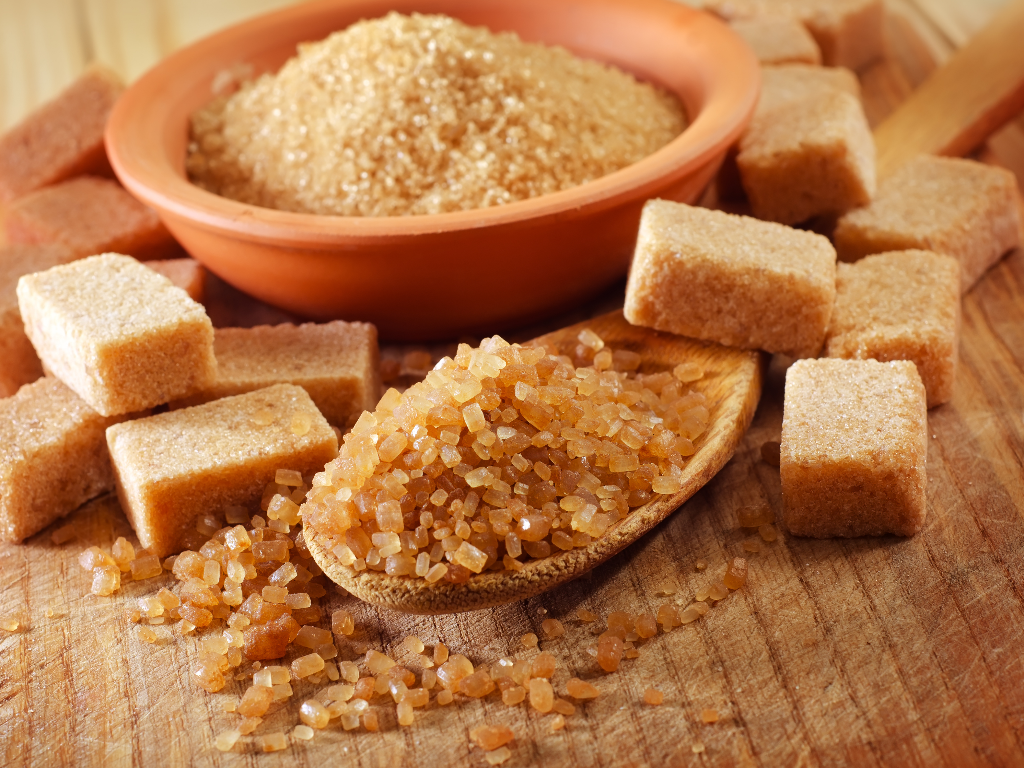Recent trends in the East African sugar markets have shown notable price changes. In Nairobi, VHP (Very High Polarity) sugar prices dropped by 2.27% (USD 19.5 per MT), while Mombasa saw a slight increase of 1% (USD 9 per MT). This variation is largely due to the influx of Brazilian raw sugar stocks in Nairobi. Meanwhile, in Dar es Salaam, sugar prices fell by approximately 12% in USD terms, influenced by a weaker local currency and increased supply of imported brown sugar.
In both Mombasa and Nairobi, the VHP sugar import parity from the world market showed a positive trend, indicating favorable conditions for importers despite the ongoing court ban on sugar imports. No sugar consignments were reported heading to Kenya, but other East African countries, like Sudan, received shipments, including 27,200 tons of refined sugar on the vessel Golden ID from Kakinada, and 2,000 tons of Brazilian re-bagged brown sugar arrived in Djibouti.
In Uganda, sugarcane prices have significantly declined by 45.83% to UGX 130,000 (USD 34.21) per ton from a high of UGX 240,000 (USD 63.16) in December 2023. This sharp drop has placed farmers below their break-even point, mainly due to the lack of a regulatory framework that leaves millers in control of pricing, resulting in frequent fluctuations.
Namibia has announced an ambitious Zambezi Sugar Project under the Kalimbeza Rice project. With no domestic sugar production, Namibia relies heavily on imports. The new project aims to establish a 1,500-hectare cane plantation and a sugar mill with an annual capacity of 100,000 tons. A feasibility study will begin in the 2024/25 financial year to evaluate its viability and employment potential.
In summary, the East African sugar market is experiencing significant price fluctuations driven by exchange rates, supply conditions, and regulatory factors. Nairobi and Dar es Salaam have seen price drops due to increased supply and weaker currencies, while Mombasa enjoys a price increase. The import ban in Kenya complicates the otherwise favorable conditions for importers. Uganda faces challenges with declining cane prices, and Namibia is taking steps towards self-sufficiency in sugar production. The market remains dynamic, with various regional developments influencing price trends.

